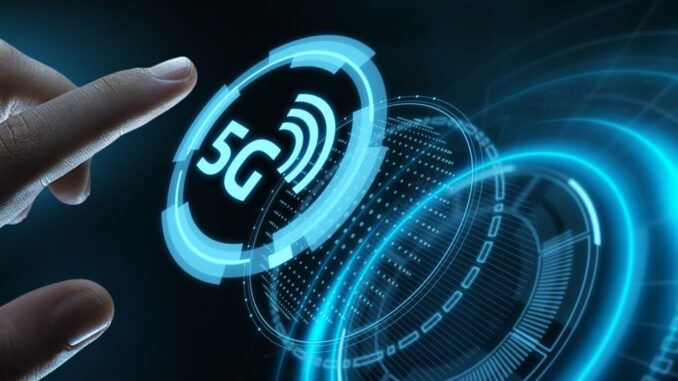
5G technology introduces several key aspects that enhance network efficiency compared to previous generations. These improvements are essential for meeting the growing demands for data and connectivity in an increasingly digital world.
1. Higher Capacity and Speed – 5G networks are designed to support significantly higher data rates, with potential speeds reaching up to 20 Gbps.








This increase in capacity allows for more devices to connect simultaneously without degrading performance, making it ideal for environments with high user density, such as urban areas and large events.
2. Energy Efficiency
Energy efficiency is a critical performance indicator for 5G networks. 5G is engineered to be up to 90% more efficient than 4G in terms of energy consumption per bit of data transmitted. This efficiency is achieved through various technologies and strategies that optimize power usage while maintaining high performance.
3. Advanced Technologies
5G employs several advanced technologies that contribute to its efficiency:
Massive MIMO (Multiple Input Multiple Output): This technology uses multiple antennas to improve capacity and spectral efficiency, allowing for more data to be transmitted simultaneously.
Beamforming: By directing signals to specific users rather than broadcasting in all directions, beamforming reduces interference and enhances signal quality, leading to more efficient use of the network.
Network Slicing: This allows operators to create multiple virtual networks on a single physical infrastructure, optimizing resources for different applications and user needs, which enhances overall efficiency.
4. Dynamic Resource Management
5G networks can dynamically allocate resources based on real-time demand. This capability allows for optimal use of available bandwidth and reduces latency, which is crucial for applications requiring immediate data processing, such as autonomous vehicles and smart manufacturing.
Conclusion
In summary, 5G technology enhances network efficiency through higher capacity, improved energy consumption, and the implementation of advanced technologies. These improvements not only support a growing number of connected devices but also contribute to a more sustainable and efficient telecommunications infrastructure, paving the way for innovative applications and services in various sectors.


Leave a Reply